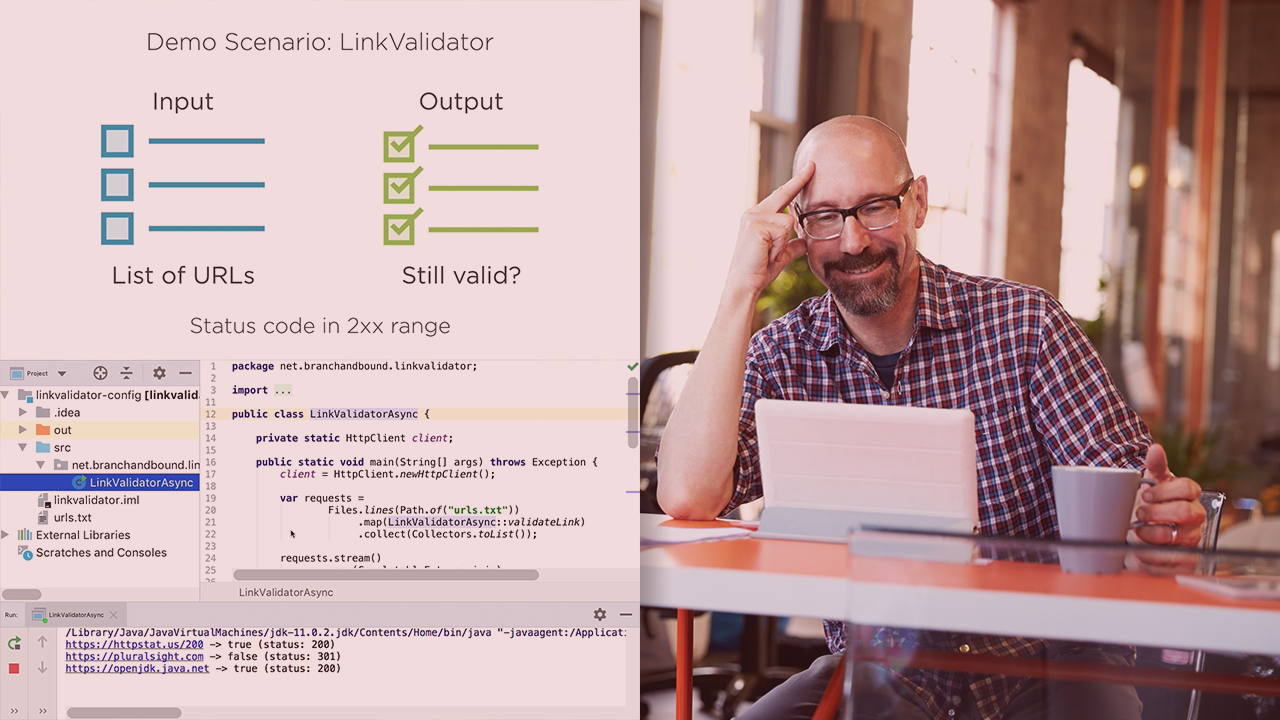

Docker container that runs on guest OS.Hypervisor host OS that runs on a server in the cloud.There are Cloud Native approaches that help development to become easier,Īpproach 1: Java Virtual Machine in Linux Containers.Īn important component of Cloud Native development is the Docker containers. Dynamic scalability horizontally and vertically.Applications built-in DevOps and deployed using CI/CD pipelines.
#CLOUD BROWSE JAVA MANUAL#
Lower requirements for Manual management.Support for various User Interfaces and devices.Features of Cloud Native JavaĬloud Native applications exhibit some of the below-mentioned features, Therefore, in brief, Cloud Native application development is an approach of building, deploying, managing Java-based applications that gear towards cloud frameworks. Each process is set up with the end goal for deploying to production at any given time.
#CLOUD BROWSE JAVA SOFTWARE#
The goal is creating an environment where development, testing, and releasing software happens consistently and rapidly in an automated manner.

Containers: These are the alternative to Virtual Machines that leverage separate and lightweight OS-level virtualization offering speed and efficiency compared to Virtual Machines.These are lightweight compared to other monolithic architecture that are good for building cleaner interfaces. It runs independently by executing its own business logic and communicating with APIs or messaging services. Microservice architecture is loosely coupled. Microservices: It is a small and individual application that is deployed, upgraded, restarted independently, and scaled.The Key Components of Cloud Native Applications,Ĭloud Native Java methodology incorporates below architecture principles, Having all these above criteria, considerations for Cloud Native are clear on why Cloud Native is needed and is clear to design running containerized applications on Cloud Native and DevOps platforms. Adopting open-source projects and tools: Developers need integration with standard open-source projects or tools like Kubernates, RESTEasy, Vert.x, Kafka, Infinispan, Jaegar, etc.Enablement of Reactive programming: Developers have the ability to use Vert.x or EventBus to implement Reactive applications as well the traditional imperative applications.Optimizing to Serverless: Developers evolve microservices that are already available to the serverless applications when cloud native JRE provides super fast and small footprints.



 0 kommentar(er)
0 kommentar(er)
